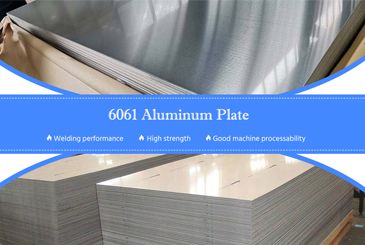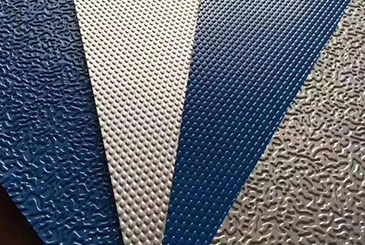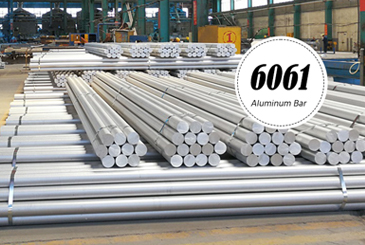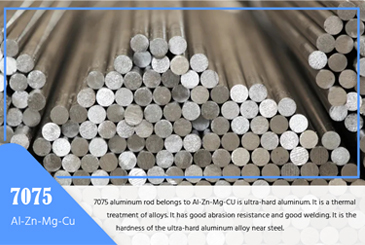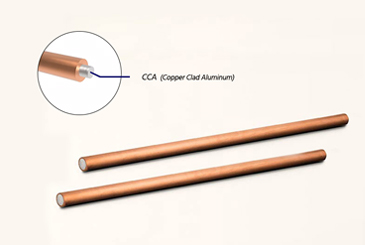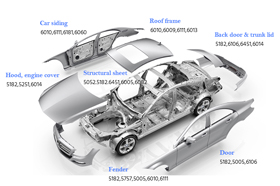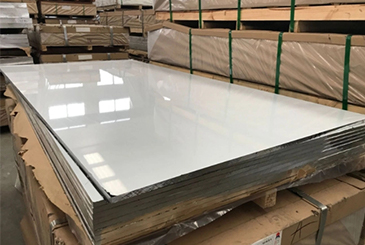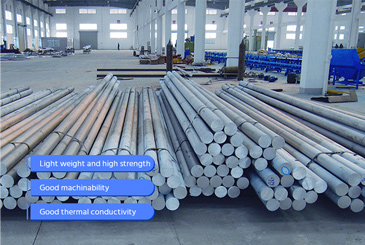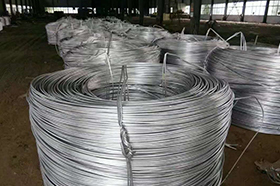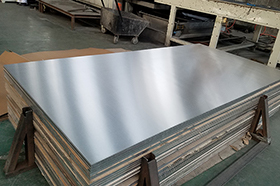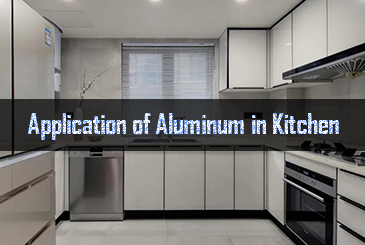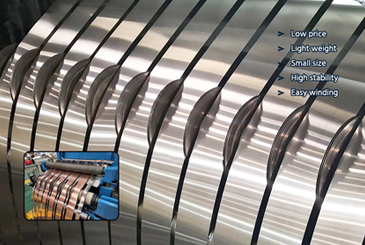1. Forging
A forming process involving applying external force to a blank to induce plastic deformation, size changes, shape alteration, and improved properties, used for manufacturing machine parts, components, or raw materials; it encompasses both forging and stamping.
2. Hot forging
Forging process performed above the metal's recrystallization temperature.
3. Warm forging
Forging process conducted within a temperature range higher than room temperature yet lower than the recrystallization temperature.
4. Isothermal forging
A forging method where temperature remains constant throughout the forging process; requires both mold and blank to be heated to forging temperature.
5. Cold forging
Forging process carried out at room temperature, including cold extrusion, cold heading, and cold pressing.
6. Die forging
A forging method that utilizes dies to deform billets into forged components.
7. Open-die forging
A forging technique wherein the gap between the two dies is perpendicular to the direction of die movement, with the gap gradually decreasing during the forging process.
8. Closed-die forging
A forging technique wherein the gap between the two dies is parallel to the die movement direction, and the gap size remains constant throughout the process; also called closed-impression forging.
9. Multi-directional forging
Forging method involving simultaneous loading in multiple directions, performed within a closed die with multiple sub-faces; used for producing items like valve bodies with minimal machining.
10. Precision forging
A forging technique yielding high dimensional accuracy; requires minimal or no subsequent machining.
11. Closed-impression forging
A forging method where the die cavity is pre-closed to match the exterior contour of the forging; the punch is then driven into the closed die to fill the cavity, creating the part's shape while forming holes.
12. High-speed forging
A processing method using high-speed air or nitrogen to propel a slider along with the die for forging or extrusion.
13. Composite forging
A forging technique combining processes such as hot forging, warm forging, and cold forging.
14. Forging grain flow
During forging, brittle metal impurities are shattered, plastic impurities align along the primary elongation direction, resulting in directional metal properties called forging grain flow, inducing anisotropy.
15. Forging ratio
A measure of deformation degree during forging; typically represented by the ratio of cross-sectional areas, lengths, or heights before and after deformation.
16. Blanking
A stamping method that uses shearing to obtain shaped components or blanks; commonly used for various flat parts.
17. Punching
A stamping method where material within a blank is separated along a closed contour to create perforated parts; the removed part becomes waste.
18. Cutting
Dividing a blank into parts or partially separating it, either internally or externally.
19. Deformation
Under mold pressure, altering the shape and size of a blank without separation to obtain stamped parts of specific shapes and sizes, involving bending, deep drawing, flanging, bulging, expanding, contracting, twisting, undulating, embossing, and coining.
20. Bending
Forming flat sheets, profiles, or pipes into components with specific curvatures and angles under applied bending moments.
21. Deep drawing
Utilizing rigid dies to apply tension or compression stress to a blank, transforming flat blanks into cylindrical or conical shapes, with or without flanges, while maintaining nearly constant thickness.
22. Flanging
Creating upright edges along certain curves on the flat or curved part of a blank's edge.
23. Bulging
Applying bidirectional tensile stress to flat sheets or hollow blanks to induce plastic deformation and obtain desired shapes.
24. Expanding and contracting
Using dies to apply force to hollow blanks, tubular blanks, or hollow parts to achieve diameter expansion or reduction at the terminal.
25. Twisting
Twisting stamped parts under torque to form components at specific angles.
26. Embossing
Creating various raised and recessed shapes on the surface of blanks or finished products by locally reducing thickness.


